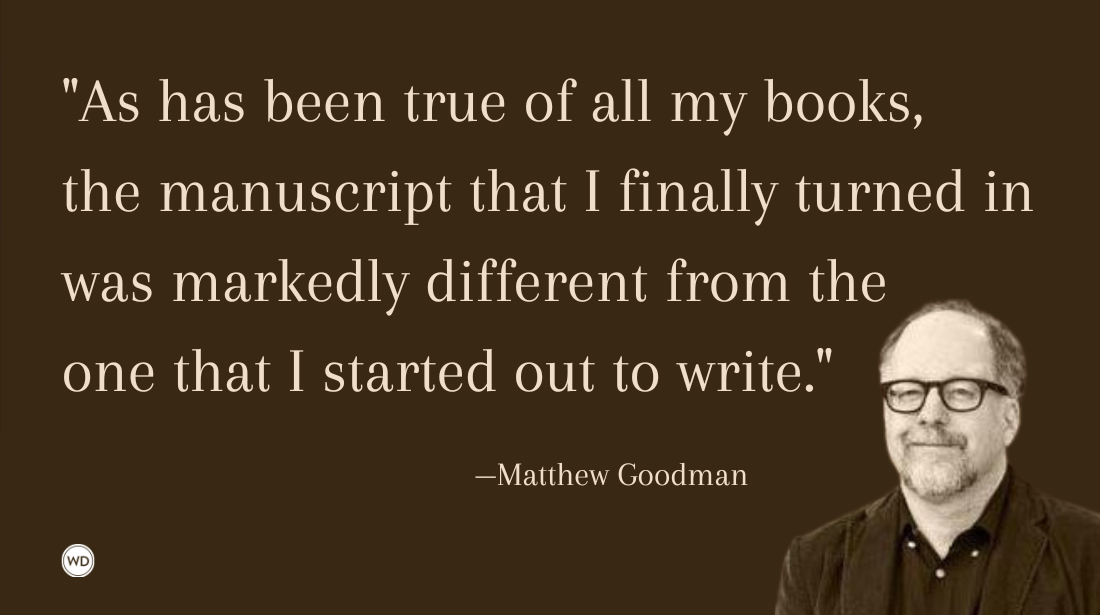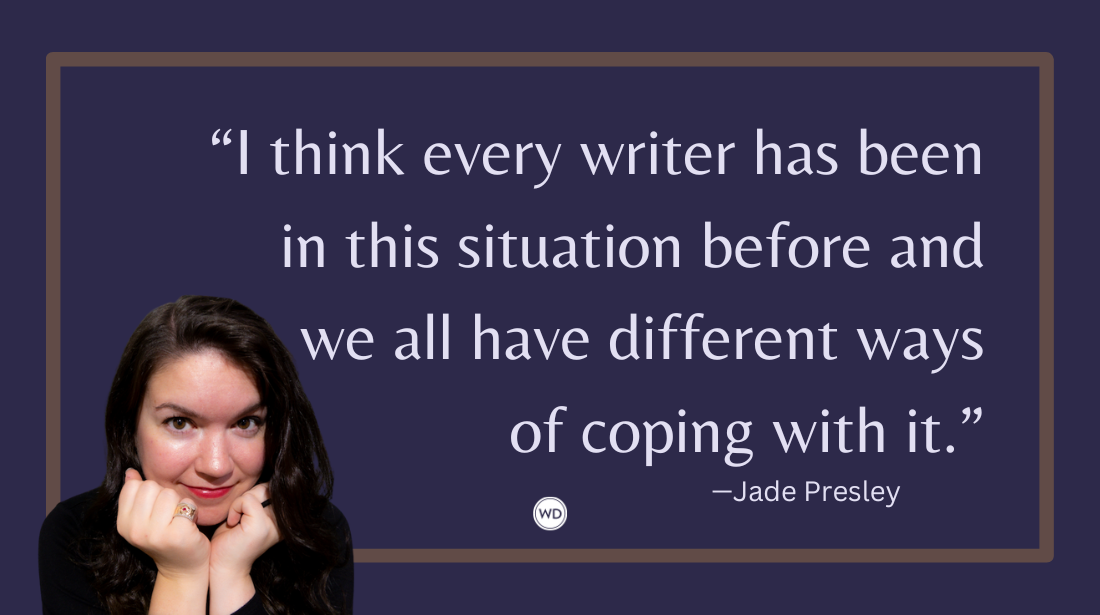How to Get Back to Your Abandoned Book in 3 Easy (Kinda Hard) Steps
When life happens, writing doesn’t. Here, author Denise Massar offers three tips on how to get back to your abandoned book.
I didn’t intentionally stop working on my book.
My agent sent my memoir manuscript out on submission in March 2020. We got a bunch of encouraging “nos,” one editor wanted to buy it but couldn’t convince her team, and another offered to buy audio rights if we got a print deal. So, my book didn’t sell on the first round, but it was clear there should be a second in the fall.
While I’d always imagined being on submission would be a time in which I could kick my feet up and wait for The Call, it … wasn’t that. As my agent explained, it’s an intense time of writing and placing new essays, posting podcasts, etc., for a potentially interested editor to find when he or she looks me up online. I knew I’d need to be my most productive writerly self in September; I was up for the challenge.
But by the fall, my mom had been given a terminal cancer diagnosis, and I was her full-time caretaker. COVID lockdown was at its apex, and I was homeschooling my kids, ages six, 10, and 12. My mom died the Tuesday before Thanksgiving, and I filed for divorce five days later.
My manuscript might as well have been on Mars.
Caregiving takes time. Death takes time. Divorce takes SO MUCH TIME.
I put my manuscript and proposal in a basket and literally shelved them. Not only the manuscript and proposal, but all of the ephemera of my writing life: Bits of paper with ideas I wanted to expand on, yellow notepads scribbled with the names of books I wanted to read and lit magazines I wanted to submit to, copies of half-read New York Times Book Reviews (so many)—those went on the shelf, too.
So, my book sat in its basket. And the longer it sat there, the less it felt like an obvious and active extension of me. It took me five years, altogether, to write the manuscript, write the proposal, query it, and find an agent. During that time, my book was like a lover. I thought about it when I was with friends or family. I performed feats of scheduling gymnastics to carve out the three-to-four-hour chunks I needed to really get lost in my writing. My book was something I physically touched several times a week, and thought about every day, turning phrasing over as I drove my kids to school. Until it wasn’t.
This year, I brought the basket down from its shelf. I was scared to look at it. I didn’t know my book intimately anymore. I had a vague idea of what needed to be done to get it ready for a second round of submissions, but it felt overwhelming. I mean, “Build platform,” and “Get published in lit journals?” My god. Yuck.
To find my way back to the book I loved, I had to break the work down into steps.
Step 1: I read my book.
I climbed into bed with my manuscript and read it, front to back. That served two purposes. First, I reminded myself, it was good. I liked my writing. And second, at the end of each chapter, I summarized the theme by scribbling a few words on the last page, so that when it came to pulling excerpts for lit mags, etc., I wouldn’t be starting cold. A call for essays on loss? Obsession? Identity? I knew right where to find them.
Step 2: I pried myself away from social media.
Like so many authors, I’d bought into the idea that being on social media and chasing followers was “working.” It was great! I could scroll Twitter/Facebook/Instagram all day long in a never-ending loop and tell myself I was working on my platform. The only problem was, it was total bullshit. I’d spent far more hours scrolling than writing, and I knew that needed to change. My first day of trying to break my social media addiction, I was on my phone only half the day, and I felt good about that. I know how gross that sounds, but I’m guessing a lot of you can probably relate. I spent the other half submitting to lit mags, and when I went to sleep that night, I felt like a writer again.
Step 3: I made specific goals.
I made friends with the accusatory sticky note above my computer that read, “Work on book” to figure out what it actually meant. “Work on book” was such an elephant of a to-do that I let days (weeks, months) pass without attempting the task because what even WAS the task? I needed assignments I could complete in a day or two. Even if my to-do list was 20 items long, it was less daunting to me than “Work on book,” which could include tasks from any one of the kajillion irons we, as writers, have in the fire. Here’s what my to-do list looked like on an average day:
- Write a newsletter
- Post newsletter to Facebook author page
- Submit essay to The Rumpus, Guernica, and The Sun
- Merge my two “editors to submit to” lists
- Read Publisher’s Marketplace to see what memoirs are selling and who’s selling them
- On page 39 I mention Mari, but I haven’t introduced her yet. Tell reader who she is.
That’s a list I can handle.
The key to getting my butt in the chair to do the work was specificity.
Let me leave you with a tip someone gave me when I was stalled out, though I don't remember who: Don’t beat yourself up over time away from your work-in-progress. When you have to jump off the track to give your full attention to sick parents, or children who need you, or your family as it rearranges itself, all of that is material.
Whether you’re a nonfiction writer like me, a fiction writer, or a poet, you’re collecting intense emotional experiences that will make your work stronger. When you return to your “basket” you’ll be a newly-informed writer, a richer one.
Now get off your phone and go make your very specific to-do list.
Denise Massar is an essayist and memoirist, writing about motherhood, adoption, relationships, racism, and anything else she can’t stop thinking about. Her essays have appeared in MUTHA Magazine, TODAY Parenting, RAISE, An Injustice!, and she’s a recurring guest blogger for publishing guru, Jane Friedman. Her memoir, SEARCH HISTORY: A Memoir of Loss, Obsession, and Meeting My Mom at 44, is currently on submission via Jaqueline Flynn at Joelle Delbourgo Associates Literary Agency. You can read the first chapter of SEARCH HISTORY at denisemassar.org, and follow her on Twitter, Instagram, and Facebook.








